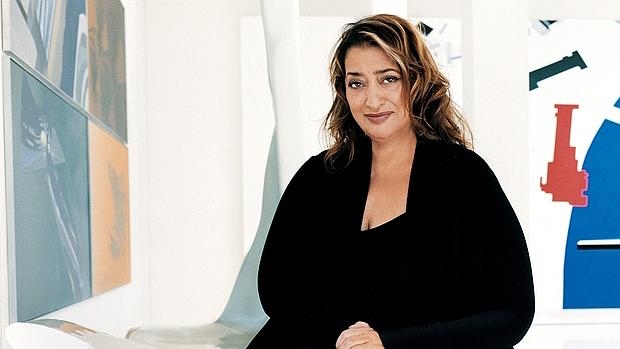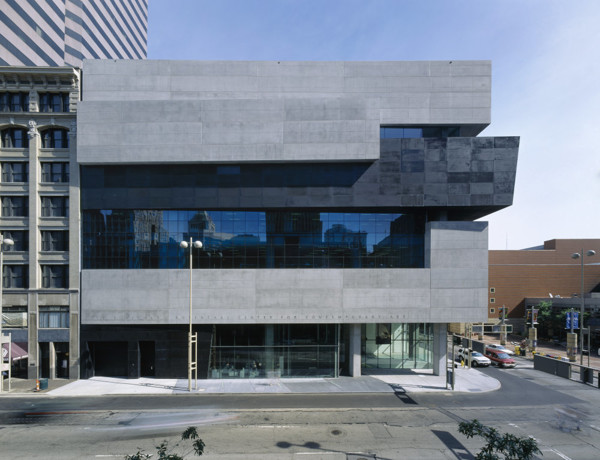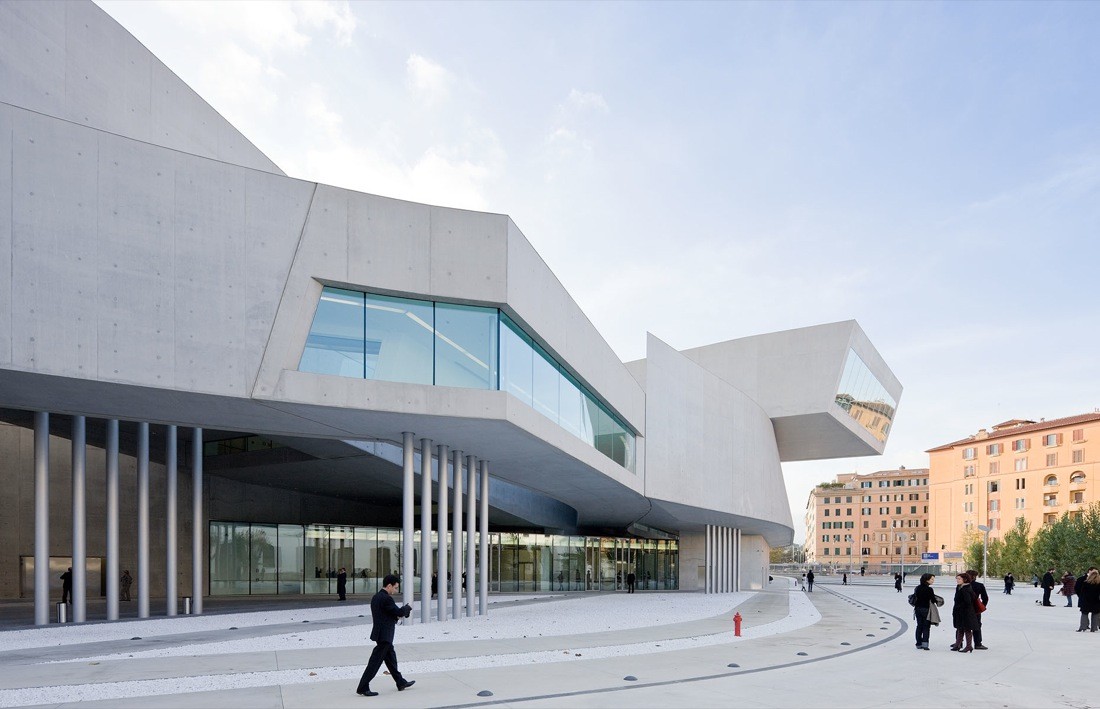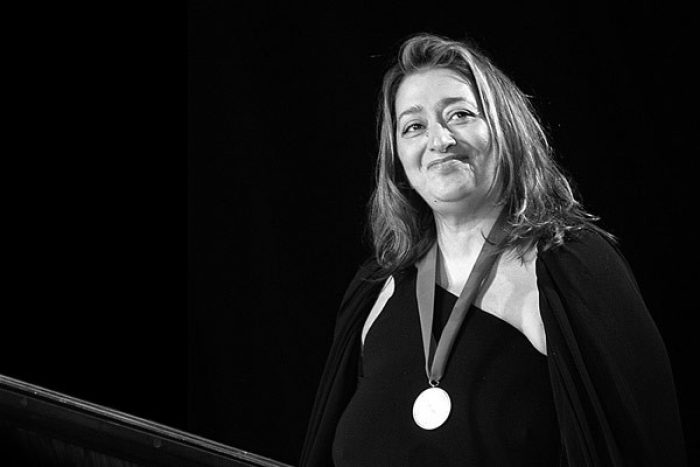Zaha Hadid | The Queen of Curves
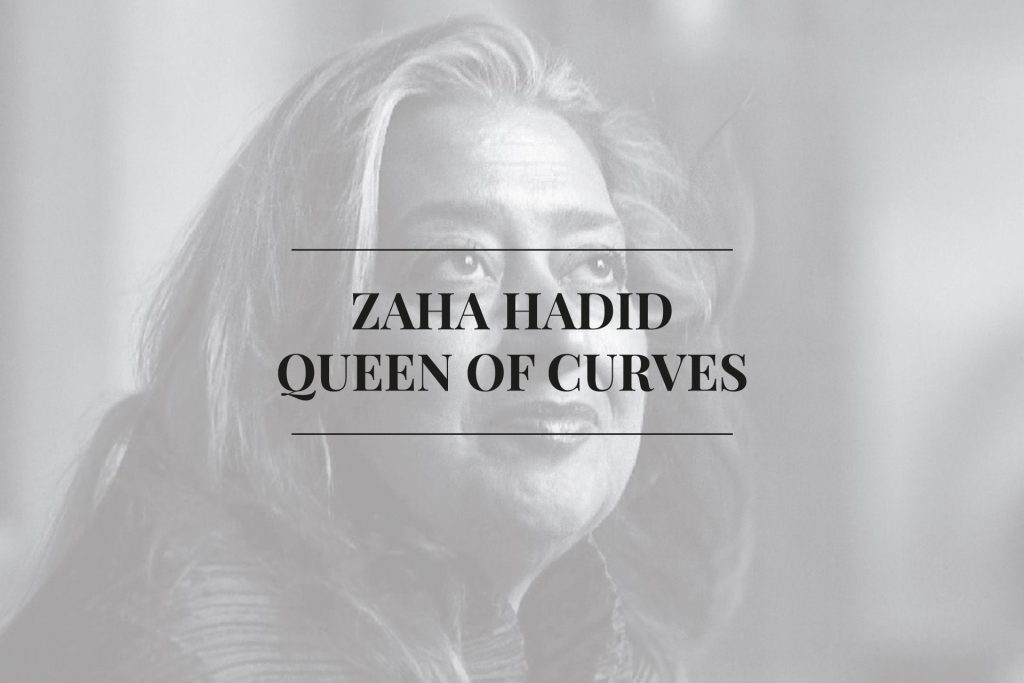
Designated as the queen of curves, Zaha Hadid is an Iraqi-British architect known for her deconstructivist designs, which liberated architectural geometry, giving it a whole new expressive identity.
“Unwavering in her commitment to modernism,” Zaha Hadid presented herself as the first woman to make a name for herself in the world of architecture, standing alongside such greats as Frank Lloyd Wright and Le Corbusier.
Learn more about the woman who revolutionized and defied all expectations, breaking stereotypes by elevating architecture to excellence.
- Architect Zaha Hadid | Source: Cassina
About Her
Born in Iraq in 1950 and passed away in 2016 in Miami, Zaha’s designs were deeply creative and released architecture from its usual spectrum, where she prioritizes the use of concrete and steel. Radical new ways of envisioning spaces in sync with their environment were introduced. With a background in painting and the use of progressive digital technologies, Zaha’s creativity was breaking free from the conventional, and her approach was an excellent aid in changing the geometry of buildings to a radical new aesthetic.
She began her studies at the American University in Beirut, Lebanon, in mathematics. In 1972 he traveled to London to study at the Architectural Association, an important center of architectural studies in the 1970s. Hadid established her own firm in London, Zaha Hadid Architects (ZHA) in 1979.
Hadid’s position as a world-renowned architect entirely dedicated to her career has been highlighted by the fact that she is a woman and a Muslim. Bold, progressive, and assertive, she helped break down prejudices while entering a world completely dominated by men.
- Zaha Hadid Architects Office (ZHA) | Source: Alejandra de Argos
Built Projects
Vitra Fire Station
This was the first major project built by Hadid in Weil am Rhein, Germany. Consisting of a series of sharply angled planes, the structure resembles a bird in flight. In a theoretical deconstructivist language, this concept was developed through her paintings as a conceptual mediator in the search for spatial relationships and forms. The project is a synthesis of the philosophy and architecture that connect the surrounding Vitra design campus.
Both the interior and exterior of the station feature series of complex spatial arrangements that evoke a sense of illusory instability, while still maintaining an appearance of solidity and composition. Yet they exhibit simple, clean lines that converge together to create a compositional complexity throughout the station.
- Vitra Fire Station by Zaha Hadid | Source: Clique Arquitetura
Lois & Richard Rosenthal Center for Contemporary Art
The Contemporary Art Center founded in 1939, later to become the Lois & Richard Rosenthal Center for Contemporary Art, was one of the first of its kind in the United States. From the need to remodel this entire space comes the presence of the enormously talented Zaha Hadid.
Her proposal lies in the addition of gallery volumes, suspended in a concrete plane. This arrangement would focus on both the interior and the exterior of the building. The gallery spaces are of varying shapes and dimensions with different lighting strategies to highlight the multitude of contemporary art pieces. Hadid called the layout of the gallery the “puzzle” to justify how the different volumes fit together.
The façade to the street is translucent, inviting us to look inside and breaking the stereotype of the ordinary museum, which is usually more remote and uninviting.
- Lois & Richard Rosenthal Center for Contemporary Art | Source: Ribapix
Maxxi Museum
The Maxxi Museum is Italy’s first national museum of contemporary art. The structure of the building has special significance as it offers a contemporary identity for Rome that intertwines with the city’s classical heritage.
In outlining the museum, Zaha responded to the in-line layout of the classical buildings around the site, while introducing his trademark. With curved concrete walls, suspended staircases, a color palette of black and white, large glass panoramas and protruding elements. With this design, Hadid sought to achieve “a new kind of fluid spatiality of multiple points of perspective and fragmented geometry, designed to engage the chaotic flow of modern life.”
- Maxxi Museum | Source: Archdaily
Pritzker Prize
With all her work, Zaha Hadid broke the hegemony in a predominantly male universe and was the first woman to receive, in 2004, the Pritzker Architecture Prize. According to The Pritzker Architecture Prize website, “The purpose of the prize is to honor a living architect or architects whose built work demonstrates a combination of those qualities of talent, vision, and commitment, which has produced consistent and significant contributions to humanity and the built environment through the art of architecture”.
She has also received the Order of the British Empire and was a pioneer among women to win the gold medal from the Royal Institute of British Architects. Since 1982, when she received her first award – the Gold Metal Architectural Design with 59 Eaton Place, London (UK) – there have been more than 138 recognitions for her work.
- The Pritzker Architecture Prize | Source: Arch20.



